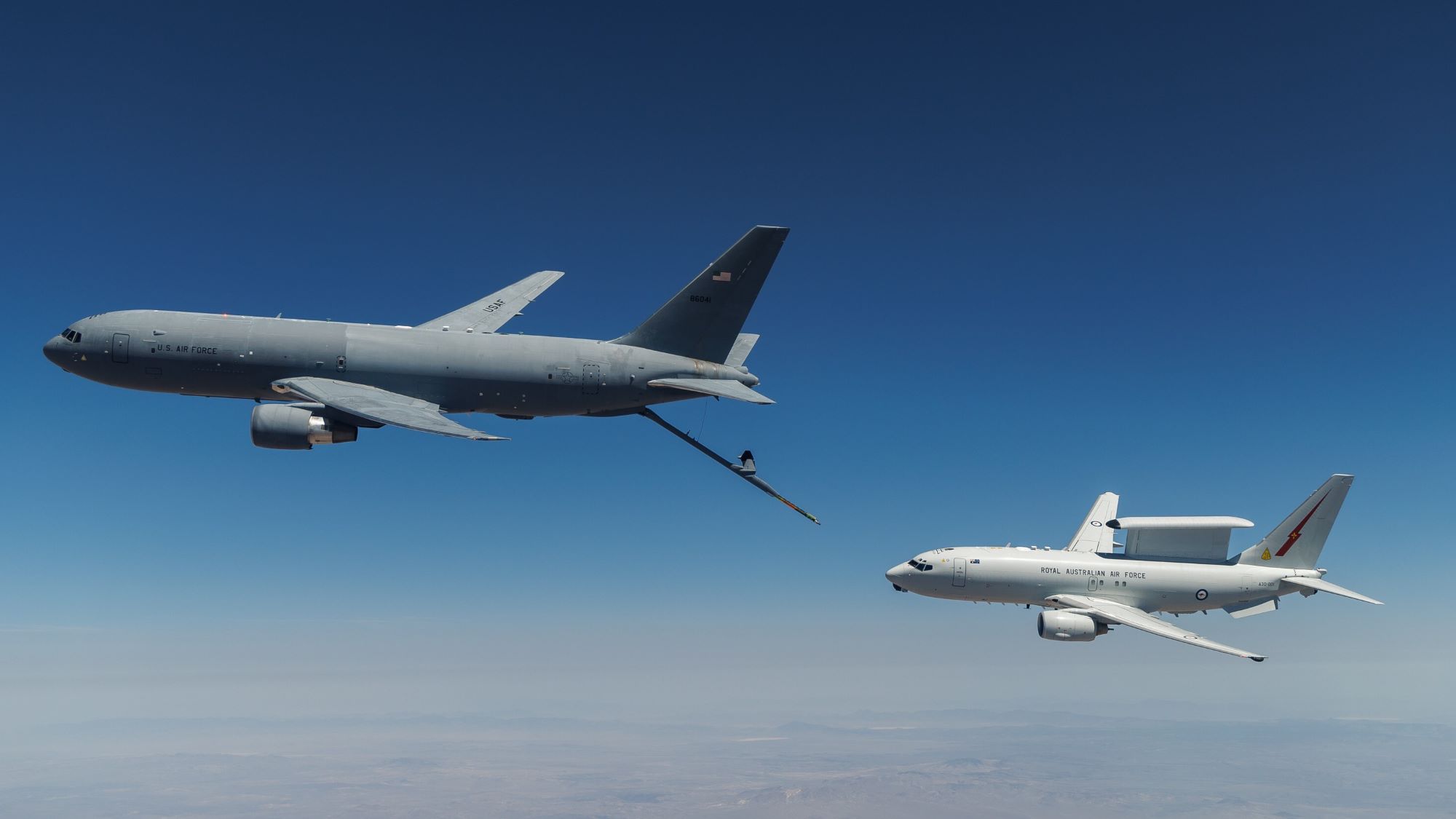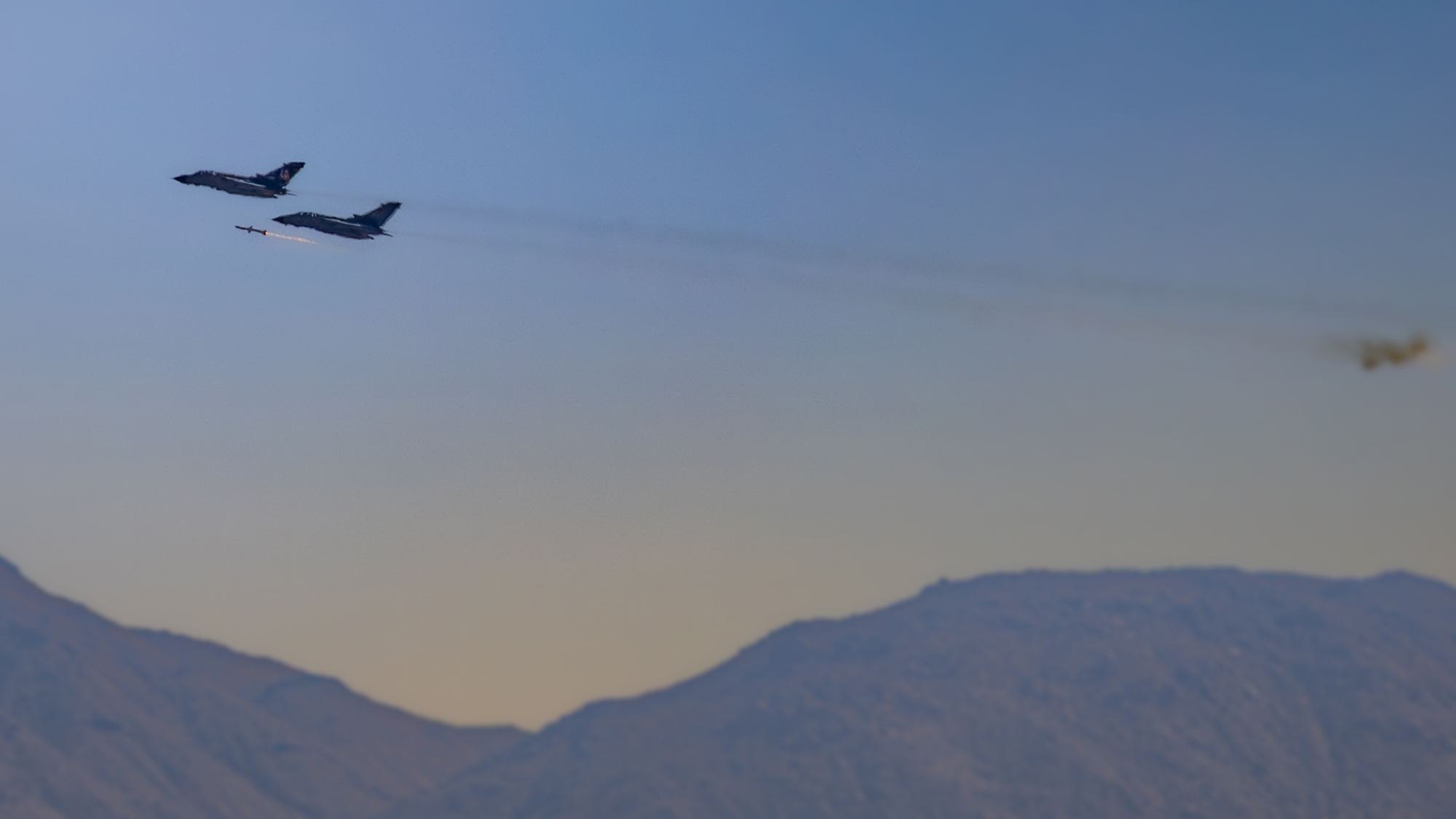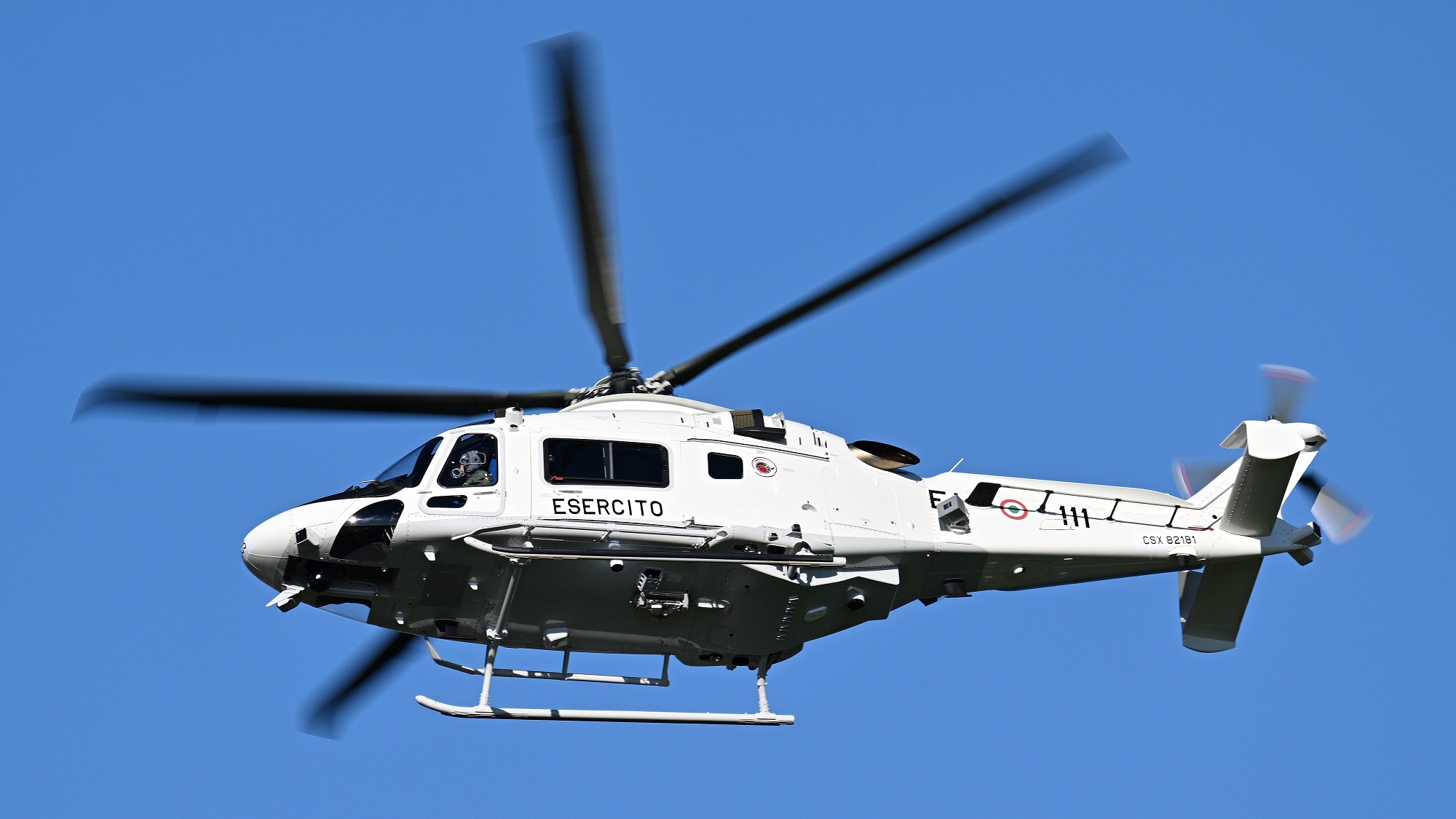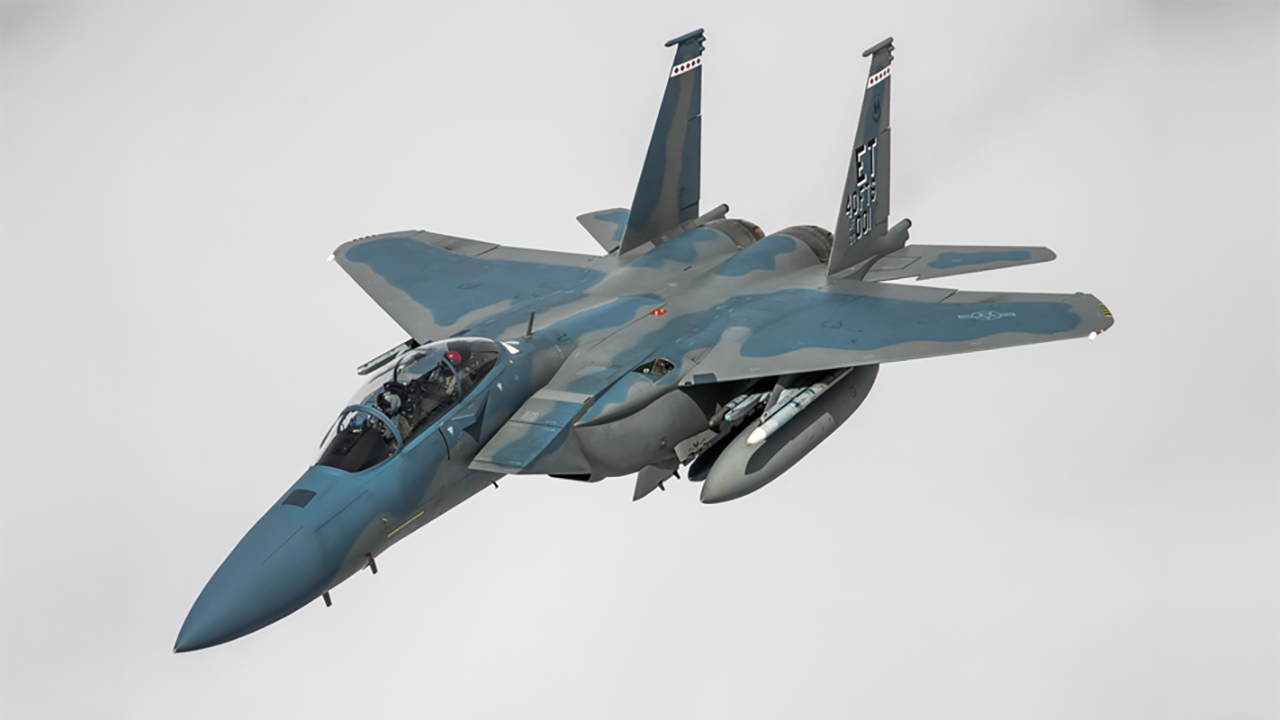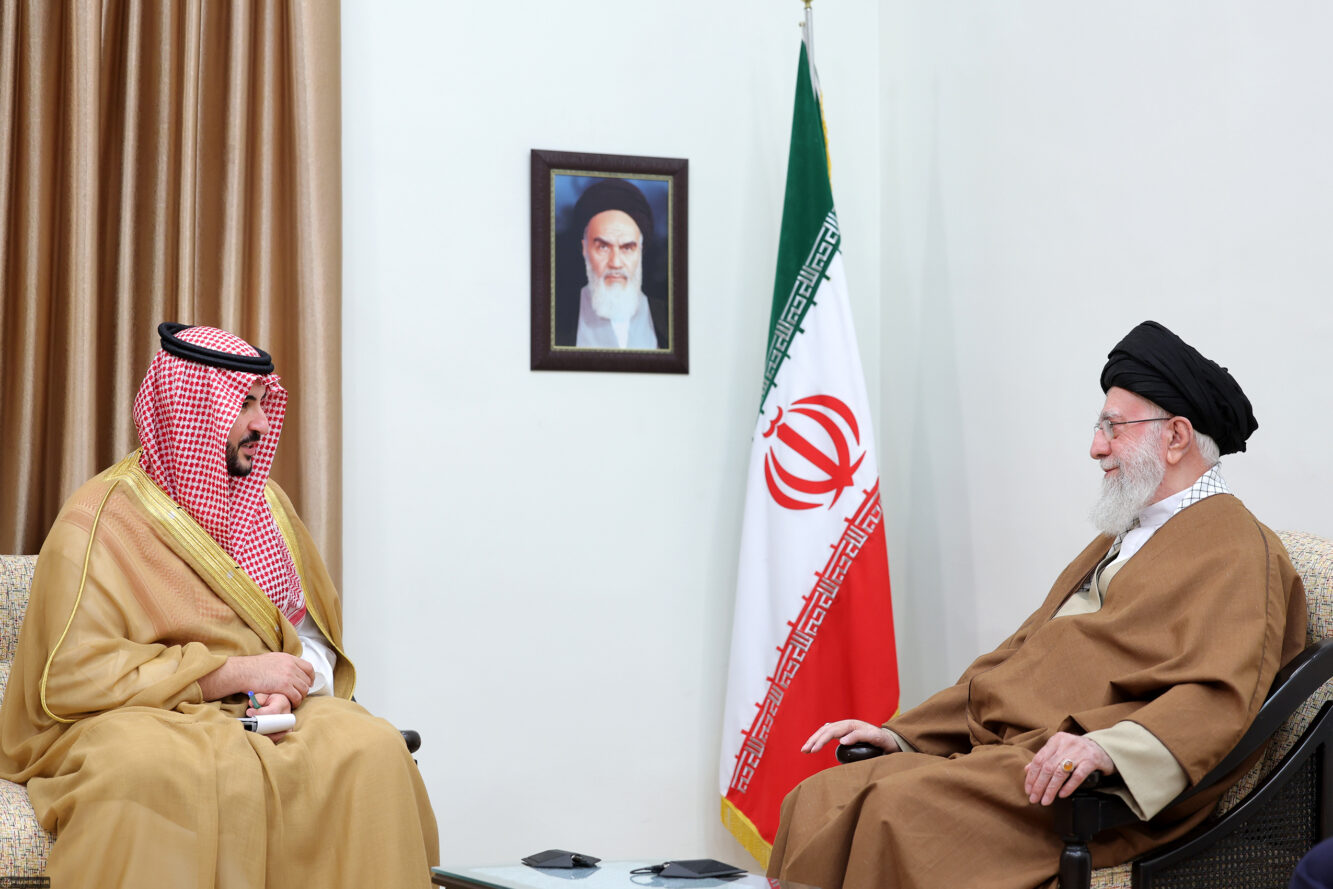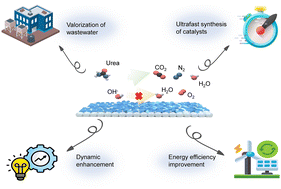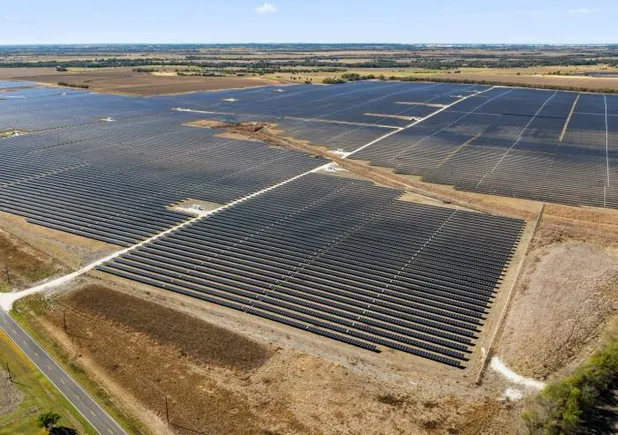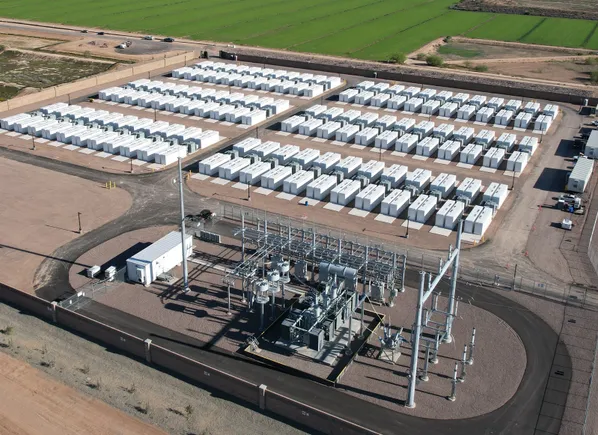Decision-making at the speed of relevance: Modernizing the OODA Loop for today’s threats
[Sponsored] John Boyd’s OODA Loop was never intended to be static—it’s a dynamic model built for continuous adaptation.


The concept of the OODA Loop – Observe, Orient, Decide, and Act – was developed by military strategist John Boyd as a way to outpace adversaries by making decisions faster and more effectively. Originally created for aerial combat scenarios, the concept is now foundational across all military operations. But as technology progresses and the nature of conflict changes, so must our approach.
Today, the emergence of hypersonic weapons, autonomous drones, and low-cost rockets are advancing faster and with greater complexity than ever before. We’re witnessing a shift in warfare—from traditional engagements to fast, multi-domain, machine-speed confrontations. Recent conflicts have shown how low-cost, autonomous threats can overwhelm even advanced defensive systems through sheer mass and unpredictability. The goal is no longer just to evade defenses—it’s to overwhelm them.
In modern defense, data is the strategic asset that underpins every action. It connects sensors to shooters, decisions to actions, and commanders to the edge. But the value of data is only realized if it can be delivered and acted upon at machine speed—especially when response time is measured in seconds.
In this new approach, traditional, sequential decision-making cycles are often too slow. To stay ahead, modern defense systems must evolve beyond reactive processes and toward proactive, data-driven, and AI-accelerated OODA Loops. Real-time data exchange and automated decision support are not optional—they are essential design requirements for both future systems and existing ones being upgraded to meet new mission demands.
The Need for Faster Decision-Making in Defensive Systems
Threats are evolving at an unprecedented pace. Adversaries are leveraging technological advancements to develop hypersonic missiles capable of exceeding Mach 5, rendering traditional response strategies ineffective. Meanwhile, recent conflicts in Russia, Ukraine, and the Middle East, have demonstrated the growing risk posed by autonomous drones and loitering munitions operating in coordinated swarms. These new technologies are increasingly being paired with greater masses of conventional weapons, such as low-cost rockets and missiles.
To stay ahead, defensive systems must leverage real-time intelligence, AI-driven analytics, and automation to rapidly detect, assess, and neutralize threats. This shift requires moving beyond traditional, linear decision-making processes with humans in the loop to adaptive, automated responses that dynamically adjust to evolving battlefield conditions in real time.
Evolving the OODA Loop for the Modern Battlespace
To illustrate how the OODA Loop must adapt, let’s explore each phase through the lens of today’s threats and the role that real-time, intelligent data exchange must play.
Observe:
In this modern battlefield, observation is no longer about a single radar feed or camera—it’s about integrating data from a modular sensor network that can be tailored to the operational environment and threat. We need a flexible architecture that enables rapid integration and removal of sensors to continuously upgrade capabilities—whether to support new UxVs under the Replicator initiative or to enhance evolving air defense systems.
Orient:
Once threats have been detected, speed is vital – every millisecond matters. Data from many different sensors is fused and analyzed instantaneously to provide a coherent understanding of the full operational picture. AI-driven battle management systems correlate sensor inputs, allowing defensive platforms to prioritize threats based on trajectory, intent, available countermeasures, and magazine depth. Data from external sources such as Identification Friend or Foe (IFF), allied combat systems, and public data sources such as Automatic Dependent Surveillance–Broadcast (ADS-B) enrich and enhance the common operational picture.
Decide:
On today’s battlefield, decision timelines are shrinking fast — especially in the face of hypersonic and maneuvering threats, where reaction time is measured in seconds. Once threats are identified, defensive systems must rapidly determine the best course of action. This requires developing and refining options in real time, triaging threats, and selecting the most effective countermeasures.
At lower threat volumes, humans may still remain “on the loop,” choosing between AI-suggested options. But as threat complexity and volume grow, decision-making will increasingly shift to AI and machine learning. These technologies are critical to automating decisions and ensuring that countermeasures are deployed instantly and effectively, even under overwhelming conditions.
New systems must be designed with decision automation in mind. Existing systems must evolve to include trusted autonomy, with decision algorithms that are fast and explainable to the warfighter.
Act:
In the final stage, actions must be taken with speed, precision, and coordination. Whether intercepting a missile or deploying directed energy weapons against drone swarms, defensive effects must be applied at the right time, on the right target. Real-time data can help deconflict the target space, even when the time window for taking a shot – either kinetic or non-kinetic – is narrow.
This step is especially challenging for legacy systems built on stovepiped data flows and slow interfaces. Modernization requires them to be retrofitted with real-time communication frameworks that support machine-speed action and synchronized response across domains.
From Concept to Capability: Why Architecture Matters
The vision of an agile, automated, data-centric OODA Loop is already taking shape. Across the U.S. Department of Defense, major initiatives like JADC2, Project Convergence, and the Replicator initiative all rely on interoperable systems that share data rapidly and scale. These efforts are converging on a common need: a software-defined, modular, and standards-based architecture that allows systems to evolve rapidly and respond intelligently.
This is where data-centric communication frameworks come into play. These frameworks enable real-time data flow across disparate systems, allowing new components to be integrated without redesigning system architecture.
For example, many defense programs—including missile defense systems, naval combat systems, and unmanned swarming platforms—are already leveraging these architectures to reduce development timelines, improve interoperability, and accelerate decision-making.
Evolving the OODA Loop with RTI Connext®
John Boyd’s OODA Loop was never intended to be static—it’s a dynamic model built for continuous adaptation. In today’s environment of fast, asymmetric, and high-volume threats, the loop must evolve to remain relevant.
RTI Connext plays a pivotal role in modernizing the OODA Loop. As a proven foundation in mission-critical systems like the U.S. Navy’s Aegis Combat System, RTI provides the real-time, scalable, and secure data distribution needed for next-generation decision-making.
Defense leaders are no longer asking if they need to modernize their decision-making architecture; they’re asking how quickly they can get there. With RTI’s support, programs are:
- Reducing system integration complexity
- Achieving faster time-to-field
- Supporting AI-driven autonomy with confidence
As threats continue to evolve, success will belong to those who observe first, orient faster, decide smarter, and act with precision.

























































































